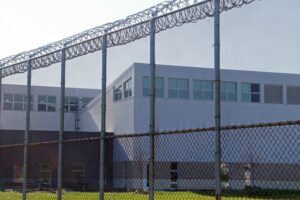Note: The following e-newsletter was sent to Sen. Padden’s subscribers July 17, 2024. To subscribe to Sen. Padden’s newsletter, click here.
Dear friends and neighbors,
Each year, the Washington Association of Sheriffs and Police Chiefs releases a report titled “Crime in Washington” based on the previous year’s data. WASPC’s 2023 report was issued last week.
Though the latest report offers slivers of hope, the overall picture it paints for our state is still bleak in many ways.
Among the report’s key findings:
- Washington has seen a 112% increase in vehicle thefts since 2019.
- More than 20% of those arrested for vehicle theft were juveniles, an increase of 24% since 2022.
- There were 376 murders in 2023, a decrease of 5.8% over 2022, but an 87% increase since 2019.
- In 2023, Crimes Against Persons showed a decrease of 0.6% with 110,332 offenses reported, compared to 111,003 offenses reported in 2022.
- In 2023, Crimes Against Property revealed a decrease of 11.9% with 358,749 offenses reported, compared to 407,258 offenses reported in 2022.
- While the report shows that the number of violent offenses (31,208) in 2023 dropped from 33,068 in 2022, it is still far higher than the 2020 figure of 26,332.
As I noted in a social media post last week, Washington remains unsafe in many ways. Our state’s leaders need to do more to reduce crime.
Here is my quote on WASPC’s latest crime report that was posted on Senate Republican Caucus social media.
WASPC says Washington again is ranked 51st out of the 50 states and District of Columbia for the number of officers per thousand residents. The per-capita rate of law enforcement officers fell to 1.35 per thousand statewide, which is the lowest per-capita rate recorded. The national average per-capita rate is 2.31.
The passage of I-2113, restoring police pursuits, will help but much more needs to be done.
“This is the 13th straight year for Washington being the lowest per capita for law enforcement,” said WASPC executive director Steve Strachan in The Center Square’s story on the crime report. “If we were to get to the national average, we would need to hire 8,000 officers.”
If you have questions about how to participate in state government this year or thoughts to share on anything in this e-newsletter, please give me a call or send me an email.
Thank you, as always, for the honor of representing you in Olympia!
Best Regards,
Senator Mike Padden
District office to be closed until July 29
Starting today, my district office will be closed for two weeks. It will reopen on July 29. If you need to contact me during this time, please email me at mike.padden@leg.wa.gov. Thanks for your patience!
Washington’s population tops 8 million
According to the state Office of Financial Management, which serves as the governor’s budget arm, Washington’s population surpassed 8 million this year. OFM’s news release about this milestone is here.
To be exact, Washington’s population reached 8,035,700 as of April 1 this year, according to annual estimates prepared by OFM.
In case you are wondering how Spokane Valley is doing in terms of population, the updated OFM estimate shows the 4th District’s largest city has grown to 108,800 this year, from a 2023 estimate of 107,400. Liberty Lake has risen from 13,150 last year to 13,870 this year. Spokane County’s estimated population has increased from 554,600 in 2023 to 559,400 in 2024.
The population estimates for counties and cities statewide can be seen here.
The OFM news release showed that our state’s population has grown by 329,400 since April 1, 2020, or about 4.3%.
For decades, our state’s population has steadily increased. Below are the Washington figures that come from the U.S. Census counts every 10 years:
1950: 2,378,963
1960: 2,853,214
1970: 3,413,250
1980: 4,132,353
1990: 4,866,663
2000: 5,894,143
2010: 6,724,540
2020: 7,706,310
U.S., Canada reach new Columbia River power agreement
Columbia River near Colville.
Last Thursday, there was good news for electric-power customers in Washington and the rest of the Northwest when the U.S. and Canada announced an agreement in principle to modernize the Columbia River Treaty, which governs how the two countries use the Columbia Basin’s water resources.
The current 60-year agreement would be replaced by a 20-year pact.
Under the current treaty, Canada is entitled to half of the hydropower generated by dams in the basin, which Canada largely sells to U.S. ratepayers. But during negotiations with Canada, the U.S. government has tried to reduce the so-called “Canadian entitlement.”
Under the new agreement, the Canadian entitlement will decrease to about 60% of its current level beginning in August. That share will decrease to less than half of its current level by 2033, giving the U.S. almost 600 megawatts of additional generating capacity.
In an email I received this week, Modern Electric Water Company CEO Joe Morgan said the announcement of an Agreement in Principle (AIP) between the U.S. and Canadian governments to modernize the Columbia River Treaty (CRT) “appears generally positive and in line with what Public Power has been advocating.” Joe said this agreement represents a significant step forward in the following ways:
- Immediate Reduction in Canadian Entitlement: Starting August 1, 2024, Canada’s entitlement will see a reduction from current levels of 1140 MW capacity and 454 aMW energy, marking a 33% reduction initially, escalating to about 51% in later years. Additional reductions may follow based on Canadian operations, estimated to save U.S. electric utility customers $1.2 billion over 20 years.
- Transmission Cost Shift: Transmission costs for Entitlement power will transition from BPA Power to Canada, projected to save $30 million annually, totaling $600 million over the amendment’s 20-year term, approximately reducing power rates by 1.5%.
- Flood Control Management: Bonneville assures that flood-control payments to Canada, totaling $54 million annually, will be covered by congressional appropriations rather than electric utility customers, ensuring stable funding.
- Provisions for Canada: Increased transmission capacity provisions bolstered Canada’s support for the agreement.
- Implementation and Approval Process: While changes take immediate effect, formal treaty amendment requires drafting legal language, Senate advice and consent as required under the Constitution, and Canadian approval, expected to proceed via existing treaty authority and diplomatic channels.
- Long-Term Outlook: The amendments will be valid for 20 years, aligning with Provider of Choice contracts until 2044, necessitating future negotiations for post-2044 operations.
Joe Morgan also wrote: “Under this arrangement, Canada generally achieves greater flexibility and autonomy in its domestic reservoir operations. Public power and the Bonneville Power Administration (BPA), which supplies our power, enjoy a more balanced sharing of the benefits of hydropower coordination. Direct federal funding for flood risk management aligns with national practices observed in other regions.
“This agreement reflects a significant achievement in bilateral relations and energy policy, albeit with ongoing considerations and processes ahead for full implementation and formal approval. But at the end of the day this was a win for Public Power in the PNW.”
Broadband discussion among meetings last week
Last week was a busy one in terms of meetings in the 4th District. Here is a brief recap:
- July 8 brought a meeting with Central Valley School District Superintendent John Parker to discuss CVSD issues.
- On July 10, I joined others at the Broadlinc Public Development Authority meeting to hear about broadband expansion opportunities in Spokane through Broadlinc. It was a productive meeting in which Broadlinc discussed how it can get erect more cell towers quickly, improving broadband coverage in the region.
Two juvenile-detention facilities suspend intake of new inmates
Green Hill School in Chehalis. (Photo courtesy of Centralia Chronicle.)
Our state’s juvenile-justice system faces a growing crisis. There were news reports last week that two juvenile detention facilities – Green Hill School in Chehalis and Echo Glen Children’s Center in Snoqualmie – have suspended taking in sentenced youth due to overcrowding.
According to the Washington State Standard story, Green Hill and Echo Glen are the state’s only two medium- and maximum-security facilities for juvenile offenders. The Department of Children, Youth and Families, the state agency that runs the juvenile-detention centers, said young people entering these facilities outnumbered releases over the past year, and sentences also are getting longer.
Last Friday, The Seattle Times published an article that said 43 men over age 21 were transferred last week from Green Hill to the Department of Corrections, which runs adult prisons. The 43 men, who all have adult sentences, were transferred due to safety concerns from a “rapidly growing population,” according to DCYF.
State leaders and key legislators need to address this issue effectively and responsibly. At least this isn’t another case of the state releasing offenders prematurely, as happened earlier this century. Some of those inmates who were let go early wound up committing additional crimes.
Contact us!
If you have a question or concern about state government, please do not hesitate to contact our office. During the interim we are conducting business from our district office in Spokane Valley. We are here to serve you!
Phone: 509-921-2460
Email address: Mike.Padden@leg.wa.gov
PLEASE NOTE: Any email or documents you provide to this office may be subject to disclosure under RCW 42.56. If you would prefer to communicate by phone, please contact Sen. Padden’s Olympia office at (360) 786-7606.
To request public records from Sen. Padden, please contact Randi Stratton, the designated public records officer for the Secretary of the Senate and Senate members.















